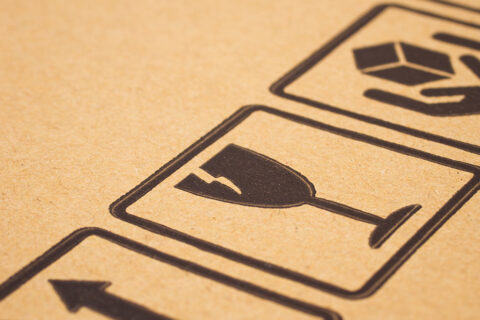Most people collect something. Maybe it’s Star Wars action figures. Or tiny glass unicorns. Or books, vinyl records, snow globes–whatever! No matter what you collect, you want to keep it safe. Depending on the size or type of collection, that can be tricky, especially when you have to move it.
Moving collections is often a process all unto itself. A process that requires its own special planning, tools, and considerations. We want to help you with that process and all it entails. Here’s everything you should know about moving your collection. By following these steps, you can ensure your collection gets to where it’s going safely–no matter what it is:
How do I prepare my collection to be moved?
- Look into collectibles insurance. A moving company will offer you a certain amount of protection when you hire them for a move. This initial protection plan may not be enough to cover your collection’s value. That’s why most insurance companies offer collectibles insurance. Contact your insurance agent to inquire about collectibles insurance before you move.
- Make a list. Make a detailed list of every item in your collection. Consulting this list when you’re finally moved in will help you verify that your whole collection made the trip successfully.
- Photograph your collection. As you make your collection list, photograph each individual item in turn. Not only will this help you keep track of everything, but it will also create proof of what your collection looked like before the move for insurance purposes.
How should I pack my collection?
- Clean everything before you pack it. If you leave it alone, dust, dirt, and other grime will damage your collection. Make sure you clean everything to the best of your ability before you pack it.
- Disassemble larger things. If you’re able, disassemble large models, electronics, and similar items. Make sure you label the individual bags you sort each piece into. You don’t want to lose any of the pieces of a larger item.
- Pay special attention to labeling your boxes. While you’re listing and photographing your collection, start categorizing it, too. Figure out how you’re going to box up and store your collection well before moving day. When you figure out how you’re going to box everything up, be sure to label those boxes. In fact, it’s a good idea to affix the list of items you made to each box containing those items. You’ll know exactly where each individual item is when you need it.
- Do not wrap delicate items in newspaper. Newspaper leaves ink residue that could stain your collectibles.
- Add silica packets into boxes. Silica packets absorb moisture that could potentially damage your items.
- Whenever you’re able, use the original packaging. If your collectibles came in packaging and you still have it, move your collectibles in it.
How can I make sure my collection stays undamaged when it’s moved?
- Fill all packed boxes with additional cushioning. Fill in the gaps in boxes with packing peanuts. You want to limit your item’s ability to shift around when moved as much as possible.
- Communicate with your movers. Make sure they know which boxes to handle delicately.
- Label all boxes containing your collection as FRAGILE. Even if your collection isn’t breakable, it’s still fragile. Writing this on the boxes ensures that your movers treat it with the delicacy of something truly breakable.
One of the best ways to make sure your collection stays safe during a move is by hiring professional movers. They’ll have the expertise, manpower, and tools to protect your things as they’re moved. If the unthinkable happens and something does get damaged, a professional mover will offer you insurance options you may not have access to when moving things on your own.
If you’re in the market to move a collection, give Bekins a call. We’ll figure out the customizable moving solution to best fit your particular needs.

